"Family footage shot in the grounds of a large house in Moorside; 1925. Some children and their nanny play on the lawn. A group of adults are seen having afternoon tea outside in the garden. Also includes shots of a young boy doing somersaults on a set of gymnast's rings. The camera remains stationary and several adults run into shot, in quick succession, and do a forward somersault using the rings. Even the nanny, who is in full uniform, has a turn" (NWFA Online Database).
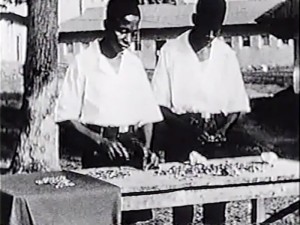
"Documentary: Illustrates plight of leprosy victims before and after the opening of the Bibanga Leper Camp by missionaries." National Archives.
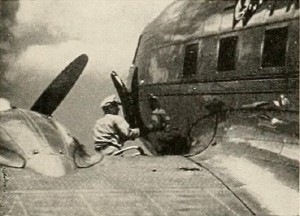
"Although Song of a City was probably as carefully planned as any film could be, it still got out of hand and grew on its producer. Try filming a great metropolis yourself sometime, and you will begin to understand what John Flory faced in this splendid study of the city of Cleveland. For this is no simple record, content with the physical surface of streets and skyscrapers, ships and steel. Song of a City is a heroic canvas, seeking to present in dynamic imagery the inner significance and meaning of its vast subject, relating the ships and steel, the workers and the wealthy, to the pulsating life of their community. Mr. Flory's sponsor in this new form of industrial publicity was the Cleveland Trust Company, and it is to this institution that the film turns recurrently in presenting its message of finance in the modern world." Movie Makers, Dec. 1941, 568.
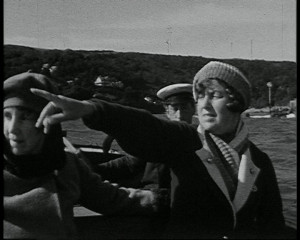
"Film record of a visit to South Devon comprising shots of local beauty spots, visitor attractions and the activities of locals and tourists." (EAFA Database)
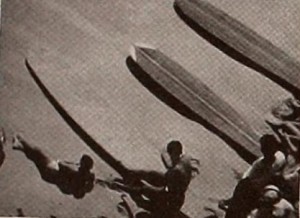
"Dan Billman, jr., has told you in the September number of this magazine how he came to make South of Honolulu. What he could not possibly put into words is the outright and amazing entertainment value of this elaborate record. Hawaii, for the Billmans, meant far more than the Aloha Tower, Diamond Head and the Kodachrome set piece of weekly hula dancing. In their place this adventurous couple found — some 200 miles south of Honolulu — the calm beauty of native life, the exciting patterns of native fishing and feasting and the exotic loveliness of tropical blooms against their true backgrounds. For them, no filming task seemed impossible. Their achievements range from an amusing sequence of the "'sea going" cowboys of the Hawaiian coast, to a striking and incredible study of religious ceremonies within a Buddhist temple. Mr. Billman's beautifully filmed production, accompanied throughout with sound and music personally recorded in the Islands, has the full bodied stature of mature screen entertainment." Movie Makers, Dec. 1941, 564.
"Black and white and color film that shows a day in the life of a First Nation family in Utah." Church History Library.
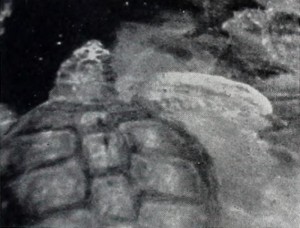
"In a film of a familiar subject — a vacation trip to Florida — Ernest Kremer has done an excellent task of compiling a movie of varied sequences into a unified whole. His camera handling is competent, there are interesting viewpoints and he uses nice transitions to a new sequence, to avoid leaving preceding views too long on the screen. The continuous narrative that is presented with Southern Exposures sometimes draws attention from the pictured scenes, but the commentary in jingle style that accompanies the underwater scenes of fish adds a delightful touch. Mr. Kremer is to be commended especially for the compact and smooth editing of his film." Movie Makers, Dec. 1945, 496.
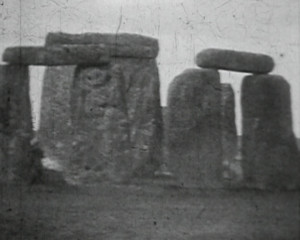
"A journey from Norfolk - via Hampshire, Wiltshire and Somerset - to the village of Charmouth in Dorset. Having set out from Norfolk, the group speed down country lanes and gravel tracks to a farm in Hampshire where a tractor is used to cut and bind a hay crop. From Hampshire the group travel to Wiltshire and the site of 'Britain's oldest ruin', Stonehenge, before visiting the 14th century Nunney Castle in Somerset. In the cathedral city of Wells, the group visit take in views from the cathedral tower and its ornate Western Front, as well as the nearby Bishop's Palace. A visit to Cheddar Gorge - filmed from a moving car - and the Cheddar village is followed by an informative visit to Glastonbury Abbey, with views of the ruins, the Lady Chapel, the grave of King Arthur and the ongoing archaeological work. At the end of a long journey, the group arrive at their destination - Charmouth, Dorset - swimming at the beach and taking a tour which includes panoramic views of the village, a house where Charles II once slept, and picturesque shots of the River Char and Golden Cap, the highest point on the South Coast. The film concludes with 90 year old George Hodges - presumably a relative of the filmmaker - who is shown smoking a pipe and relaxing at his home before appearing at an official ceremony where he opens the playing fields which had been donated by his late brother Charles." (EAFA Database)
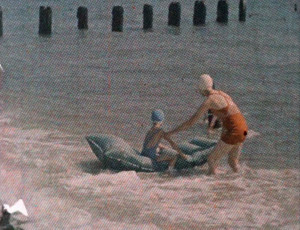
"Nineteen thirties holiday film of the Harrison family at a number of Suffolk coastal holiday hotspots; including Southwold, Lowestoft, the Broads (Beccles), and Thorpeness. This reel, with scenes in both Dufaycolor and black and white, shows the family having a jolly old time bathing, picnicking at their beach hut, horse riding, and sailing. Intertitles include “Susan on the li-lo” and “tea with the mater” (BFI.org.uk)
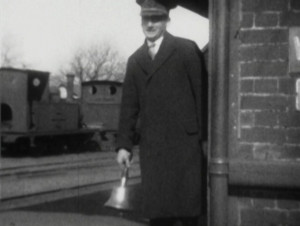
"A locally made film of the Southwold to Halesworth narrow-gauge railway." (EAFA Database)
Total Pages: 203